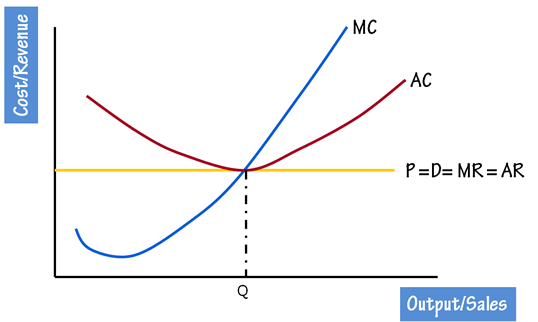

In order to address this issue, it has become customary to distinguish between two types of aggregate supply curves, the short‐run aggregate supply curve and the long‐run aggregate supply curve. So, there is some uncertainty as to whether the economy will supply more real GDP as the price level rises. But an increase in the price will also have a second effect it will eventually lead to increases in input prices as well, which, ceteris paribus, will cause producers to cut back. Increases in the price level will increase the price that producers can get for their products and thus induce more output. The aggregate supply curve, however, is defined in terms of the price level. As the price of good X rises, sellers' per unit costs of providing good X do not change, and so sellers are willing to supply more of good X‐hence, the upward slope of the supply curve for good X.

The supply curve for an individual good is drawn under the assumption that input prices remain constant. The reasoning used to construct the aggregate supply curve differs from the reasoning used to construct the supply curves for individual goods and services. The aggregate supply curve depicts the quantity of real GDP that is supplied by the economy at different price levels.



 0 kommentar(er)
0 kommentar(er)
